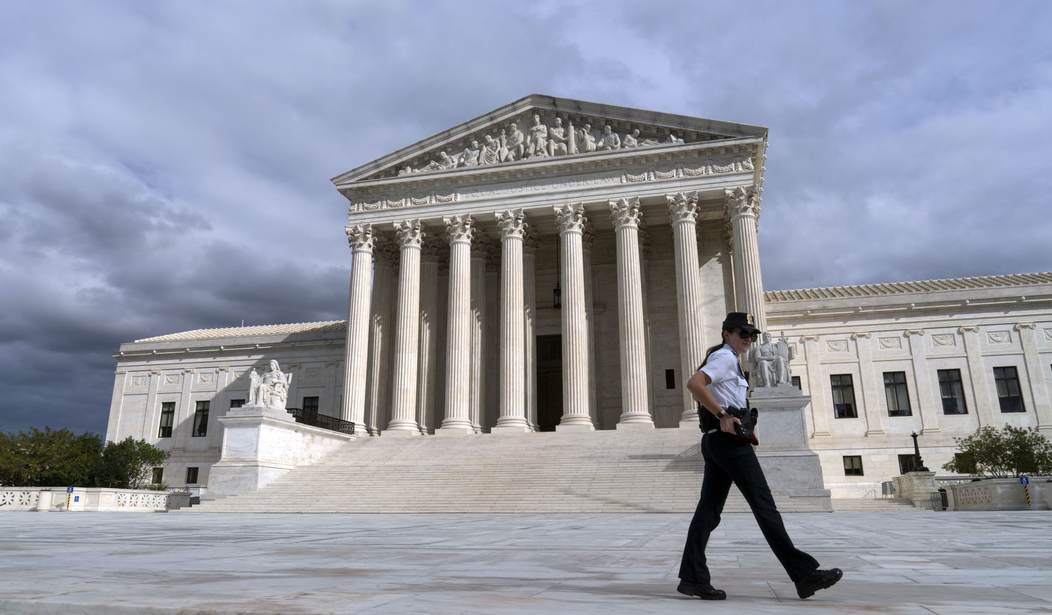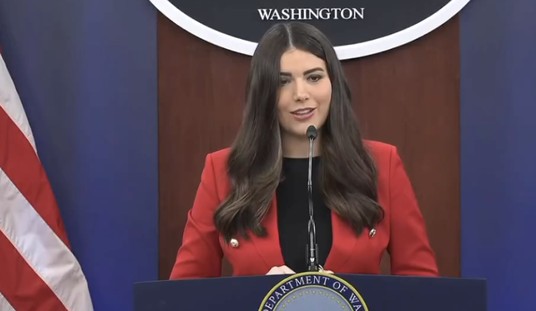For nearly half a century, the Supreme Court has said the Constitution prohibits states from banning abortion before "viability," the point at which a fetus can survive outside the womb. This week, Mississippi, defending its ban on abortions after 15 weeks of gestation, urged the justices to abandon that long-standing rule, which it says never made much sense and cannot be constitutionally justified.
Mississippi has a point: The viability rule does not satisfactorily resolve the competing moral claims at the heart of the abortion debate. But the same could be said of the alternatives, including whatever policies state legislators would choose should the Court decide that the Constitution does not protect a right to abortion after all.
Depending on your perspective, the Court either recognized or invented that right in 1973, when it overturned a Texas law that prohibited abortion except when it was deemed necessary to save the mother's life. Justice Harry Blackmun, who wrote the majority opinion in Roe v. Wade, was initially inclined to draw a line at the end of the first trimester (about 13 weeks) but ultimately settled on "viability," which he said "is usually placed at about seven months (28 weeks)."
In the 1992 case Planned Parenthood v. Casey, the Court reaffirmed Roe's "central holding" that "viability marks the earliest point at which the State's interest in fetal life is constitutionally adequate to justify a legislative ban on nontherapeutic abortions." It said that judgment "in no sense turns on whether viability occurs at approximately 28 weeks, as was usual at the time of Roe, at 23 to 24 weeks, as it sometimes does today, or at some moment even slightly earlier in pregnancy, as it may if fetal respiratory capacity can somehow be enhanced in the future."
Recommended
But the technologically contingent definition of viability is not the only reason to question the soundness of this distinction. Roe posited that the ability to breathe, with or without artificial assistance, marks the point at which "the State's important and legitimate interest in potential life" becomes "compelling."
According to Roe, "this is so because the fetus then presumably has the capability of meaningful life outside the mother's womb." According to Casey, viability is when "there is a realistic possibility of maintaining and nourishing a life outside the womb, so that the independent existence of the second life can in reason and all fairness be the object of state protection that now overrides the rights of the woman."
This rationale, Mississippi argues, "boils down to a circular assertion: when an unborn child can live outside the womb then the State's interest is compelling because the unborn child can live outside the womb." And if "independent existence" is the crucial consideration, that logic could be extended in ways few would consider morally acceptable, since infants rely on the care of others long after birth, while disabled people may need such assistance indefinitely.
From a pro-choice perspective, the viability rule has the advantage of allowing nearly all abortions, less than 1% of which are performed at 21 weeks or later. But Mississippi's 15-week limit, which would prohibit about 5% of abortions in that state, is not much different on that score.
Why 15 weeks? The state legislature's choice of that limit seems no less arbitrary than the viability rule, especially since its findings suggested several other possibilities, including five to six weeks (when "an unborn human being's heart begins beating"), eight weeks (when a fetus "begins to move about in the womb"), nine weeks (when "all basic physiological functions are present.") and 10 weeks (when "vital organs begin to function").
There are many answers to the question of at what point on the continuum from conception to birth another person's right to life supersedes a woman's right to bodily autonomy, and none is completely satisfying. That will remain true no matter where the Court comes down on the government's authority to make that call.
Jacob Sullum is a senior editor at Reason magazine. Follow him on Twitter: @JacobSullum.

























Join the conversation as a VIP Member